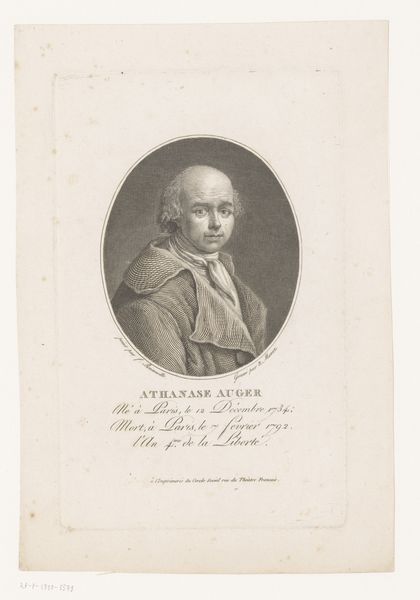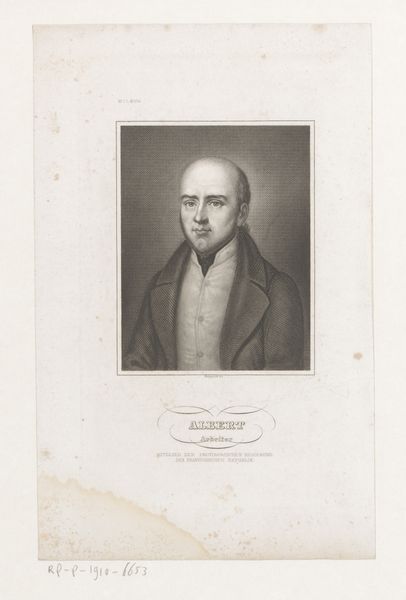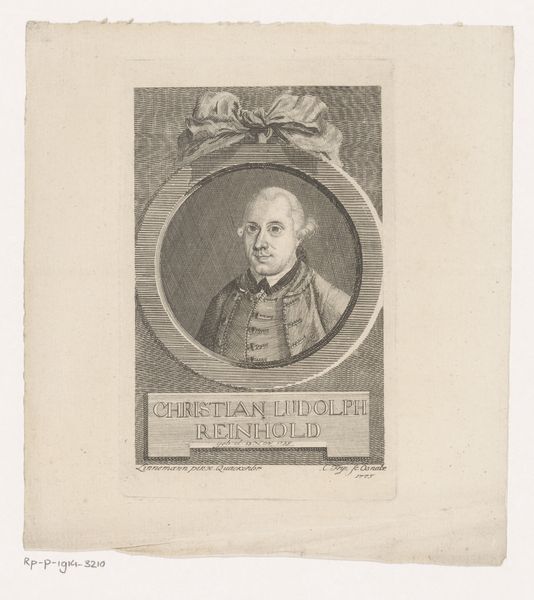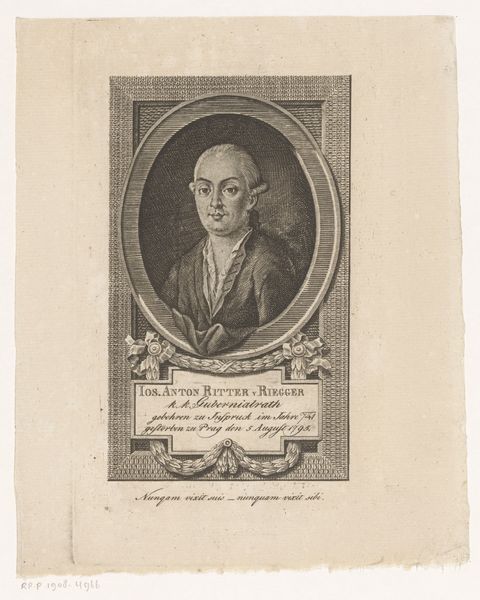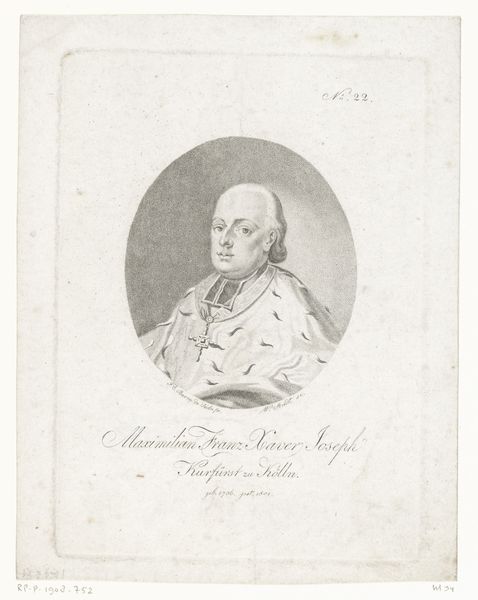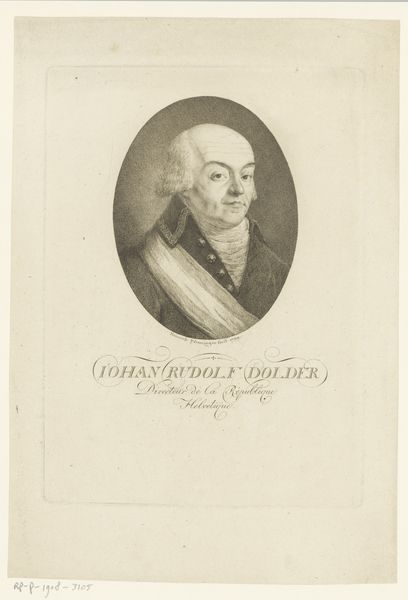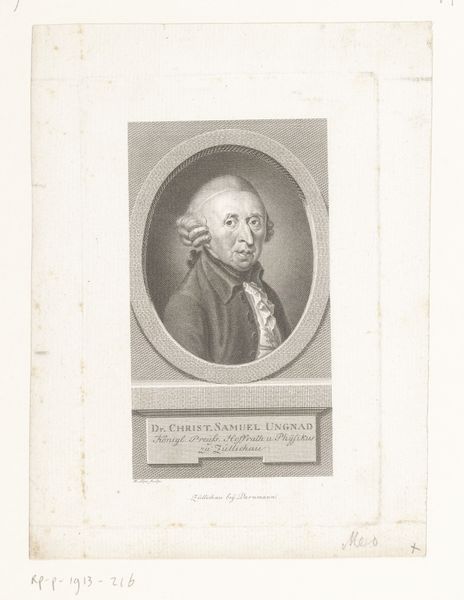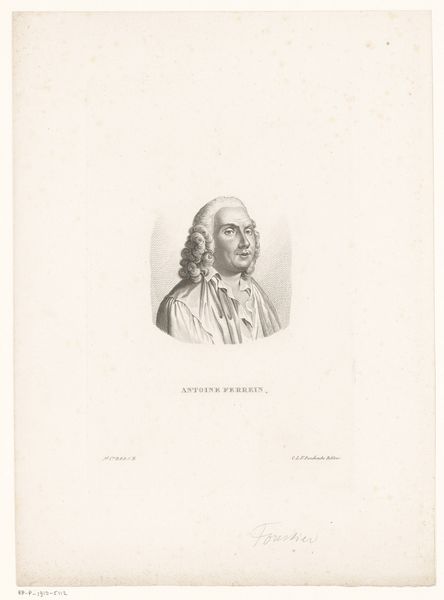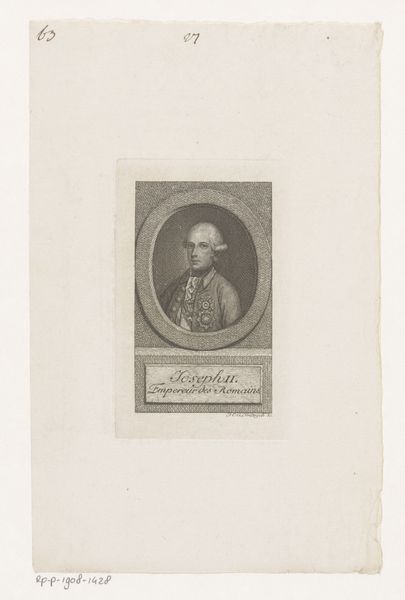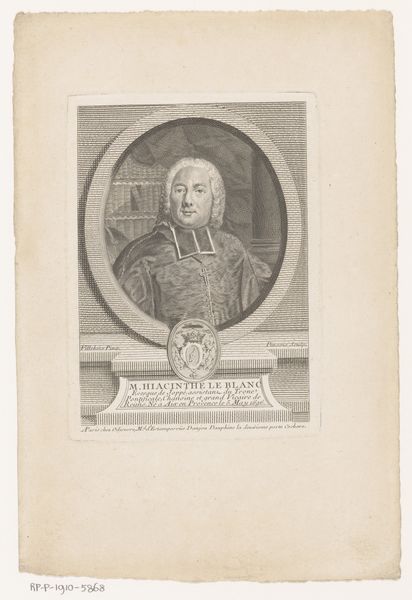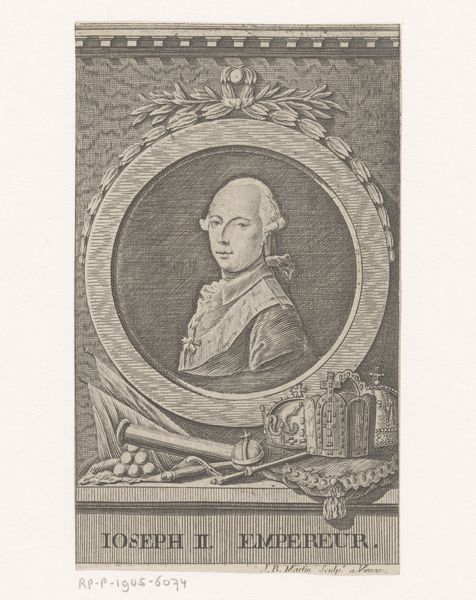
Portret van Clemens August von Droste-Vischering, aartsbisschop van Keulen c. 1829 - 1840
0:00
0:00
carlmayer
Rijksmuseum
print, engraving
#
portrait
#
neoclacissism
# print
#
history-painting
#
engraving
#
realism
Dimensions: height 189 mm, width 128 mm
Copyright: Rijks Museum: Open Domain
Curator: Here we have a fascinating engraving by Carl Mayer, dating from around 1829 to 1840: "Portret van Clemens August von Droste-Vischering, aartsbisschop van Keulen." Editor: Woah, the eyes! He looks intense, doesn't he? There's something piercing about his gaze. Almost like he’s judging me for eating that extra donut this morning. Curator: Indeed. The engraving demonstrates a high level of technical skill, particularly in its use of line weight to define form and create tonal variation. Consider how Mayer models the archbishop's face. Editor: The way the light catches his robes—it’s pretty cool how they managed to give fabric that sort of heavy, velvety feel using just lines, right? You can almost feel the weight of them. But back to the eyes. It is pretty intimidating. Curator: Note the precision and clarity, hallmarks of neoclassical portraiture, yet tempered with realist inclinations. Editor: Absolutely. Although it's a portrait of a man of the church, there’s little serenity about it, which I find… human, oddly reassuring. Almost makes him seem more relatable. The rigid collar, the cross, all contrast against his face so wonderfully. I wonder what he was thinking about at the time. Curator: The visual weight and formal austerity underscore his ecclesiastical status, while subtly hinting at the complex historical narrative surrounding Clemens August. His tenure was marked by significant conflict with the Prussian state over the issue of mixed marriages. Editor: Ah, interesting, I didn't realize there was some real drama surrounding this guy! It’s always so fascinating when you realize a simple image is just the tip of the iceberg, hinting at deeper complexities and social conflicts simmering just beneath the surface. This single piece evokes the history and drama of the past. Curator: Precisely, and it is through that artistic representation that we access both historical context and appreciate visual and structural techniques. It showcases art's potential to reveal character within form. Editor: I think what I appreciate most is its enduring power to capture a moment and spark our imagination centuries later, a story revealed not just in ink, but within the shadows.
Comments
No comments
Be the first to comment and join the conversation on the ultimate creative platform.
